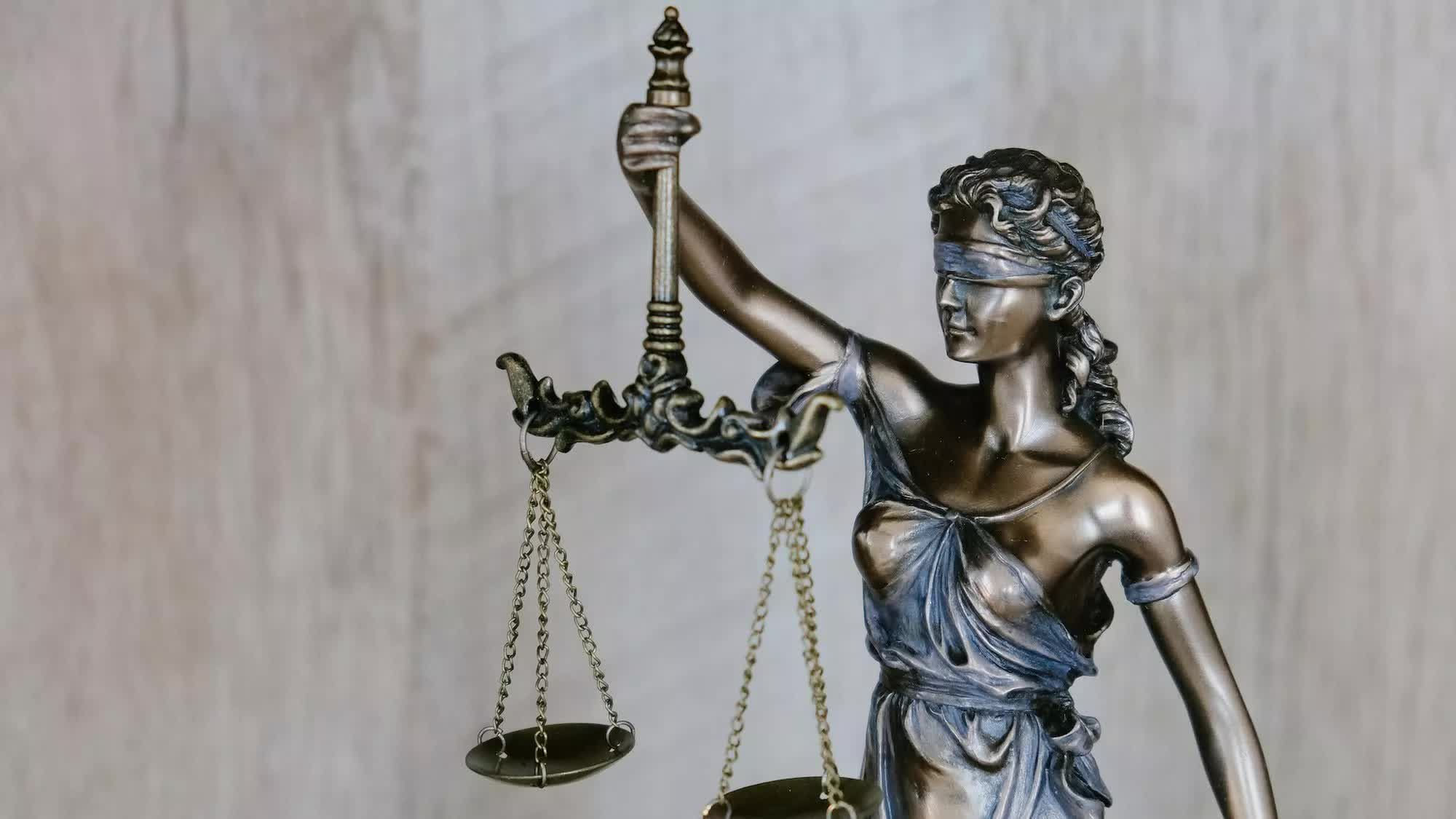In a nutshell: If you purchased an iPhone 7 or 7 Plus that experienced microphone problems, you might be eligible to receive between $50 and $349 as part of Apple’s $35 million class action settlement. To claim your payment, ensure that you file your claim before the June 3, 2024, deadline.
To qualify for compensation, you must be a US resident and provide proof of ownership of an iPhone 7 or 7 Plus bought between September 16, 2016, and January 3, 2023. Additionally, you must have reported the audio issue to Apple during that period or paid for its repair out of pocket. If you meet these criteria, visit the class action lawsuit’s official website and submit your claim within the specified timeframe.
To file a claim, print and complete the Payment Attestation Form, then mail it to the Philadelphia address listed on the website. You will also need to inform the Settlement Administrator of your preferred payment method, which can be an electronic check, physical check, or ACH transfer. Claimants must provide their email address along with either banking information or a mailing address for payment distribution.

Be aware that if you choose to remain a part of the Settlement Class, you forfeit the right to sue Apple separately for the same issue. You can opt out of the settlement to retain your right to sue Apple in the future; however, opting out means you will not receive any payment from this settlement.
You may also object to the settlement by writing to the court about your concerns and stating what changes you believe are necessary for your acceptance. The court overseeing the case has not yet approved the settlement, so your objections could potentially influence the final decision.
The lawsuit, filed in the U.S. District Court for the Northern District of California in 2019, claimed that the iPhone 7 and 7 Plus had a defective audio chip, leading to issues such as difficulty hearing the other party during voice calls.
Initially, the problem was blamed on a buggy iOS 11.3 update, but it was later determined to be caused by a malfunctioning audio IC. Apple eventually offered free repairs for all affected devices, but dissatisfied owners still chose to pursue legal action.




